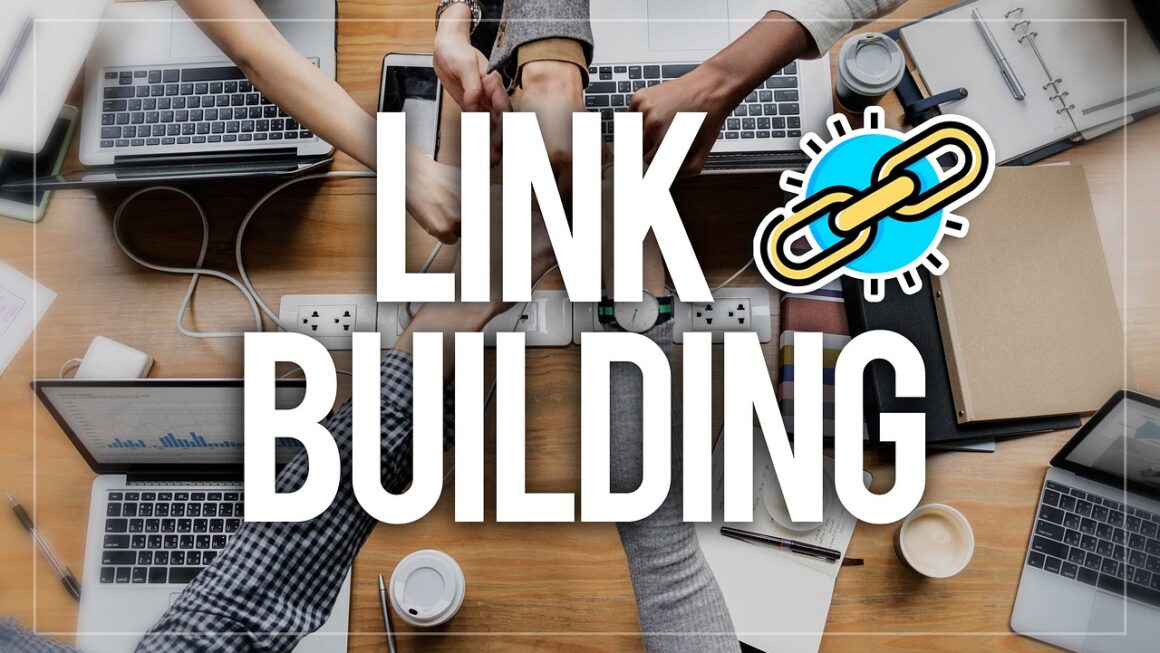Crafting compelling ad copy that grabs attention and drives conversions can feel like an uphill battle. Hours spent brainstorming, agonizing over word choices, and A/B testing countless variations can leave even seasoned marketers feeling drained. But what if there was a way to unlock a constant stream of fresh, high-performing ad copy ideas, all powered by the magic of artificial intelligence? Enter the AI ad copy generator, a revolutionary tool transforming the landscape of digital advertising.
Understanding AI Ad Copy Generators
What are AI Ad Copy Generators?
AI ad copy generators are software tools that use artificial intelligence, particularly natural language processing (NLP) and machine learning (ML), to automatically create ad copy. These tools analyze data, including your target audience, keywords, and desired tone, to generate a variety of ad copy options for platforms like Google Ads, Facebook Ads, LinkedIn Ads, and more.
- NLP (Natural Language Processing): Enables the AI to understand and interpret human language, allowing it to craft copy that resonates with your audience.
- Machine Learning (ML): Allows the AI to learn from data and continuously improve the quality and effectiveness of its generated copy. The more you use the tool and provide feedback, the better it gets at understanding your needs and generating relevant ad copy.
- Data Analysis: AI ad copy generators analyze vast amounts of data, including successful ad campaigns, competitor ads, and industry trends, to identify patterns and insights that can be used to create high-performing copy.
How Do They Work?
The process typically involves providing the AI with specific information, such as:
- Keywords: The core terms that you want your ad to target.
- Target Audience: Details about the demographics, interests, and behaviors of your ideal customer.
- Product/Service Information: A description of what you’re offering and its key benefits.
- Desired Tone: The overall feeling you want your ad to convey (e.g., professional, humorous, urgent).
- Call to Action: The specific action you want users to take (e.g., “Shop Now,” “Learn More,” “Sign Up”).
Based on this input, the AI generates multiple ad copy variations, which you can then review, edit, and test.
Benefits of Using an AI Ad Copy Generator
Increased Efficiency and Speed
One of the most significant advantages of AI ad copy generators is the speed and efficiency they offer. Instead of spending hours manually crafting ad copy, you can generate dozens of options in minutes.
- Faster Campaign Launch: Reduce the time it takes to launch new ad campaigns.
- A/B Testing at Scale: Quickly generate multiple variations for A/B testing, allowing you to optimize your ads more effectively.
- Content Creation Acceleration: Overcome writer’s block and generate ideas quickly, even when you’re short on time.
Improved Ad Performance
AI can analyze data to identify patterns and insights that humans might miss, leading to more effective ad copy.
- Higher Click-Through Rates (CTR): AI can optimize headlines and ad text to grab attention and encourage clicks. For example, using power words and emotional triggers can significantly increase CTR.
- Increased Conversion Rates: By highlighting the most compelling benefits and using persuasive language, AI can help convert more clicks into customers.
- Better Quality Scores: Google Ads rewards relevant and engaging ads with higher Quality Scores, leading to lower costs per click and improved ad placement.
Cost Savings
While there may be an upfront cost for subscribing to an AI ad copy generator, the long-term cost savings can be substantial.
- Reduced Labor Costs: Less time spent on manual ad copy creation frees up your team to focus on other important tasks.
- Lower Advertising Costs: Improved ad performance leads to higher Quality Scores and lower costs per click.
- Minimized Errors: AI can help reduce errors in your ad copy, such as typos and grammatical mistakes, which can negatively impact your credibility.
Choosing the Right AI Ad Copy Generator
Key Features to Consider
When selecting an AI ad copy generator, consider the following features:
- Ease of Use: A user-friendly interface is essential for maximizing efficiency.
- Integration with Ad Platforms: Seamless integration with platforms like Google Ads, Facebook Ads, and LinkedIn Ads simplifies the ad creation and management process.
- Customization Options: The ability to customize the tone, style, and length of your ad copy is crucial for aligning with your brand.
- Data Analysis and Reporting: Tools that provide insights into ad performance can help you optimize your campaigns more effectively.
- Pricing: Consider the pricing model and whether it aligns with your budget and usage needs. Many offer free trials or tiered pricing based on usage.
Popular AI Ad Copy Generator Tools
Some of the leading AI ad copy generator tools include:
- Jasper (formerly Jarvis): A popular choice for its versatility and ability to generate a wide range of content, including ad copy.
- Copy.ai: Known for its user-friendly interface and focus on generating high-converting ad copy.
- Rytr: A more budget-friendly option that offers a good balance of features and affordability.
- Anyword: Specializes in data-driven ad copy optimization and predictive performance scoring.
Best Practices for Using AI Ad Copy Generators
Provide Detailed Inputs
The quality of the output generated by an AI ad copy generator is directly proportional to the quality of the input you provide.
- Be Specific: Provide detailed information about your target audience, product/service, and desired tone.
- Use Relevant Keywords: Incorporate relevant keywords to improve the relevance of your ads.
- Highlight Key Benefits: Focus on the most compelling benefits of your product/service to grab attention.
Review and Edit the Output
While AI can generate impressive ad copy, it’s essential to review and edit the output to ensure accuracy, clarity, and brand consistency.
- Check for Errors: Proofread the ad copy carefully to catch any typos, grammatical errors, or factual inaccuracies.
- Refine the Tone: Adjust the tone to match your brand voice and target audience.
- Ensure Accuracy: Verify that the ad copy accurately reflects your product/service and its benefits.
- Consider adding a human touch: Make sure the AI-generated copy still sounds authentic and relatable.
A/B Test and Optimize
A/B testing is crucial for identifying the most effective ad copy variations.
- Test Different Headlines: Experiment with different headlines to see which ones generate the most clicks.
- Try Different Calls to Action: Test different calls to action to see which ones drive the most conversions.
- Analyze the Results: Track the performance of each ad variation and use the data to optimize your campaigns.
- Continously Refine: AI-generated copy is a starting point, not the final product. Use A/B testing to continuously improve your results.
Conclusion
AI ad copy generators are powerful tools that can significantly improve the efficiency, performance, and cost-effectiveness of your digital advertising efforts. By understanding how these tools work, choosing the right one for your needs, and following best practices, you can unlock a constant stream of fresh, high-performing ad copy ideas and achieve your marketing goals. The future of advertising is here, and it’s powered by AI.




